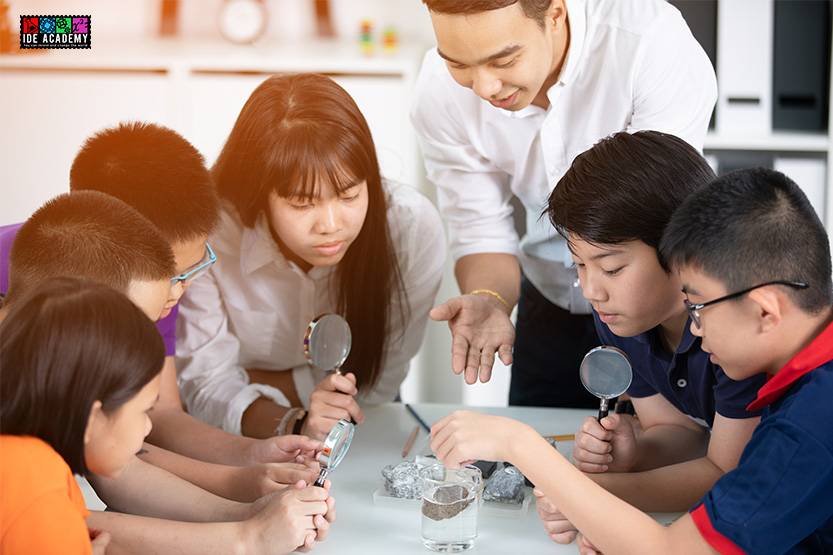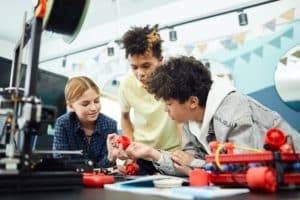
STEM Education: Preparing Your Students for An Ever-Changing Future
- Post author:Peter Wong
- Post published:October 4, 2022
- Post category:Blog / Design thinking for children / entrepreneurial mindset / Professional development courses Singapore / STEM classes for kids / STEM classes in Singapore / STEM courses in Singapore / STEM education Singapore / STEM programme Singapore
Tags: Design thinking for children, entrepreneurial mindset, Professional development courses Singapore, STEM classes for kids, STEM classes in Singapore, STEM courses in Singapore, STEM education Singapore, STEM programme Singapore



